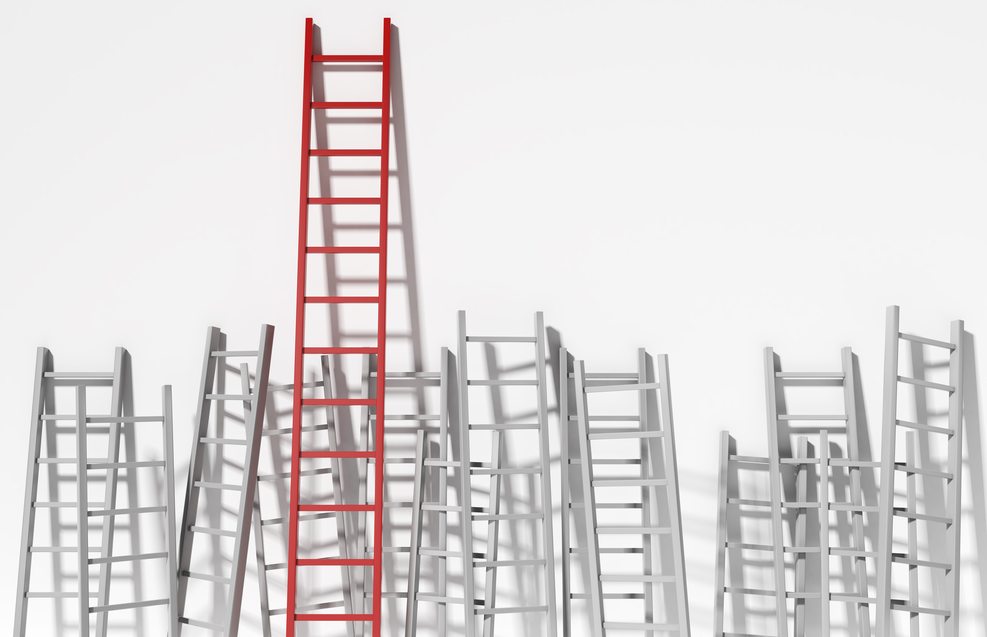We all know that the first rule for Working at Height is to avoid it wherever possible, but in Powercor’s industry, every job is likely to involve some form of working at height.
It is important, therefore, to select the right equipment for working at height, and to ensure that the users are competent to use it, or in the case of trainees, that they are supervised by a competent person. This is not only for the personal safety of the individual worker, but also to protect co-workers and the general public who may be in the vicinity of the work.
Consideration is given to the height of access required, the duration of the work, the time between equipment movements and whether access to the job is restricted. In addition, the level of work activity needs to be assessed, as well as whether the equipment needs to be freestanding, along with checking that the environment is suitable to support the selected equipment. Weather conditions will often play a big part in the choice made, and as this can vary from day to day, regular reassessment may be required.
All Powercor electricians and trainees undergo annual Working at Height training, and topics such as Ladder Safety are covered in toolbox talks. We have a number of electricians who have undergone IPAF (“International Powered Access Federation) training, to provide them with the skills and knowledge to operate mobile scissor lifts and booms, and static booms such as our own cherry picker. PASMA (“Prefabricated Access Suppliers’ and Manufacturers’ Association) training has also been carried out, to enable scaffold towers to be built, adjusted and moved safely.
Podium steps are available for jobs requiring low-level height access, and provide a firm platform with a safety guardrail. They are generally lightweight and easily manoeuvrable, offering convenient access through standard doors and corridors.
There will often be several suitable options when selecting equipment for working at height, however if you are unsure as to which method is best, the HSE provides a useful guide to working at height offering basic guidance and information to help you decide.
All our engineers are fully trained in working at height and in the use of different types of access equipment








